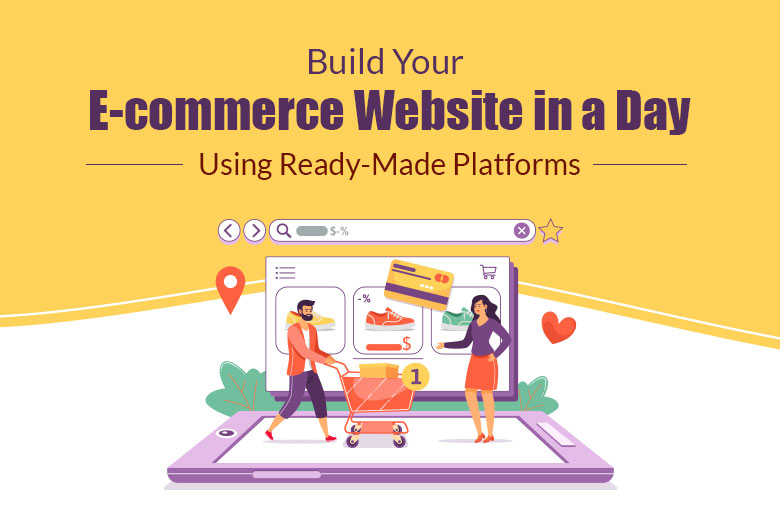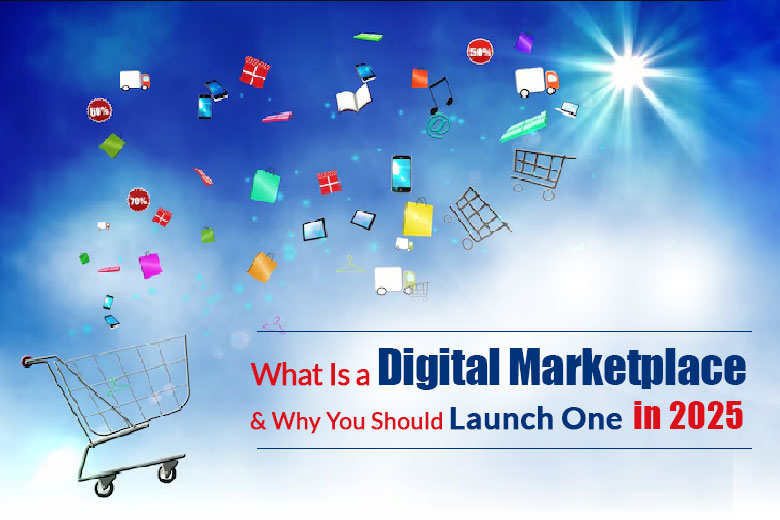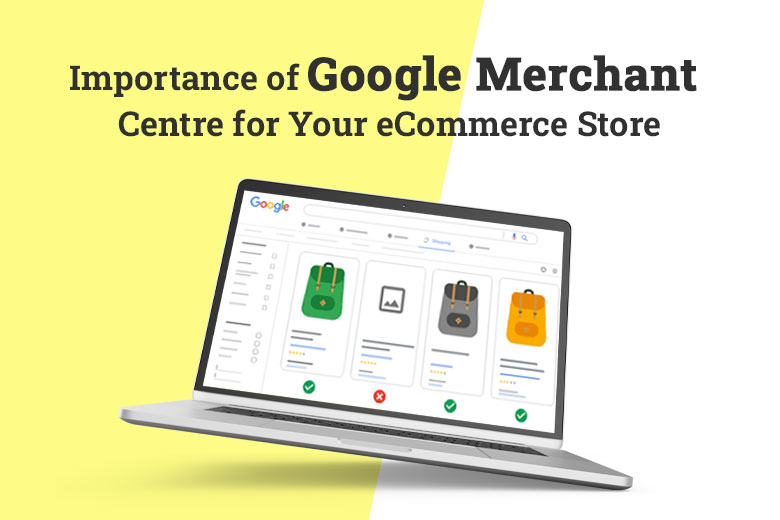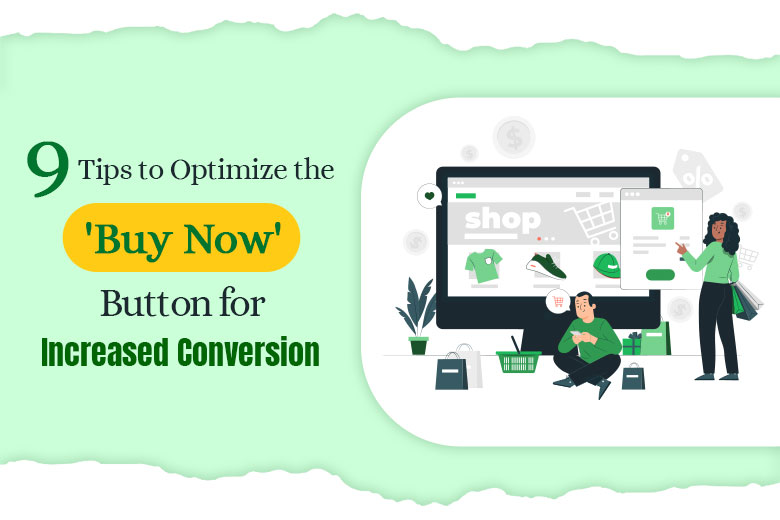Tips to Create a Perfect Product Page Design on Your Store
- May 12, 2025
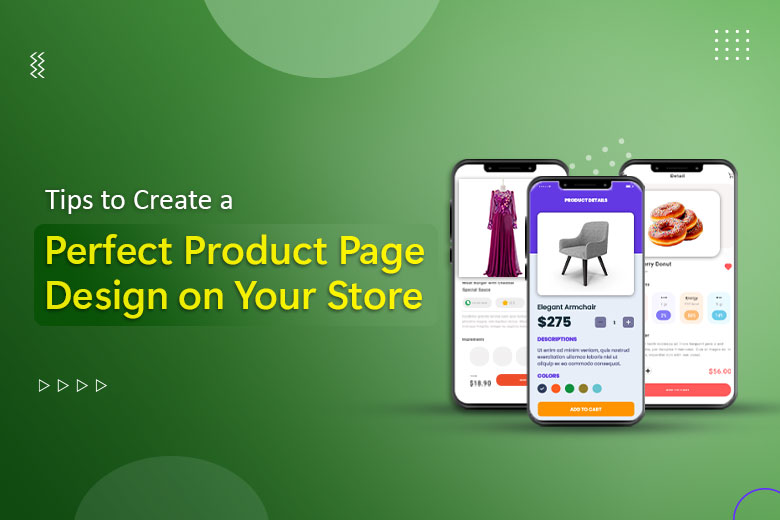
In 2025, Your product page is the most important component of your online store in the rapidly expanding field of eCommerce. Your sales can be made or broken by a well-designed product page. Product page design is crucial for small and mid-sized business owners that want to open an online store to draw in customers and turn them into purchasers.
User-friendly layouts, captivating product descriptions, and excellent images are all crucial components of the ideal product page. We’ll look at the best practices for making a product page that improves user experience and increases sales in this article.
1. Keep the Layout Clean and Simple
A cluttered product page can overwhelm visitors and drive them away. Keep your eCommerce design clean, simple, and easy to navigate. Use a clear structure with well-defined sections, making it effortless for customers to find what they need.
- > Place the product image and details at the centre
- > Use white space effectively to avoid visual clutter
- > Keep the call-to-action (CTA) button prominent
A well-structured product page enhances user experience and improves conversion rates.
2. Use High-Quality Product Images and Videos
Customers rely on visuals when making purchasing decisions. High-resolution images help build trust and showcase the quality of your products.
- > Use multiple images from different angles
- > Enable zoom-in features for better product inspection
- > Include product demonstration videos for better engagement
A great eCommerce marketplace prioritizes visuals to create an immersive shopping experience.
3. Write Clear and Engaging Product Descriptions
Your product descriptions should provide all the necessary details in a concise and engaging manner. Avoid lengthy paragraphs and use bullet points to highlight key features.
- > Mention product benefits rather than just features
- > Use persuasive language to create excitement
- > Include keywords naturally to improve SEO
An eCommerce development strategy that includes well-optimized product descriptions can drive organic traffic and improve visibility.
4. Optimize for Mobile Users
With more shoppers using mobile devices, optimizing your product page for mobile is crucial. Ensure that your eCommerce website builder provides a mobile-friendly design that adapts to different screen sizes.
- > Use a responsive design that adjusts automatically
- > Keep buttons large and easy to tap
- > Ensure quick loading speed to reduce bounce rates
A mobile-optimized product page enhances accessibility and improves the user experience.
5. Highlight Customer Reviews and Ratings
Social proof plays a significant role in influencing buying decisions. Displaying customer reviews and ratings helps build credibility and trust.
- > Showcase user-generated content, such as photos and testimonials
- > Highlight top-rated reviews at the top
- > Encourage customers to leave feedback
eCommerce marketplaces with strong customer engagement tend to attract more buyers.
6. Use a Strong Call-to-Action (CTA)
A well-placed and compelling CTA encourages customers to complete their purchase. Make sure your CTA stands out and is easy to find.
- > Use action-oriented phrases like “Buy Now,” “Add to Cart,” or “Get Yours Today”
- > Place the CTA button near the product price and description
- > Use contrasting colours to make it visually appealing
Effective eCommerce design ensures that CTAs guide customers toward a seamless shopping experience.
7. Offer Multiple Payment and Shipping Options
Flexibility in payment and shipping can increase conversions. Provide different payment gateways and shipping methods to cater to various customer preferences.
- > Include popular payment methods like credit/debit cards, PayPal, and digital wallets
- > Offer express and standard shipping options
- > Clearly mention estimated delivery times
An efficient eCommerce development approach ensures a hassle-free checkout process, reducing cart abandonment rates.
8. Implement SEO Best Practices
Optimizing your product page for search engines improves visibility and drives organic traffic. Use relevant keywords naturally throughout the page.
- > Include keywords in product titles and descriptions
- > Use alt tags for images to improve search rankings
- > Optimize URLs and meta descriptions
A well-structured eCommerce website builder allows easy customization for SEO optimization.
9. Enable Live Chat Support
Real-time customer support can help answer buyer queries instantly, leading to higher conversions.
- > Implement a live chat feature for quick assistance
- > Provide automated chatbots for common questions
- > Offer human support during peak shopping hours
A responsive customer service strategy enhances trust and improves user experience.
10. Create a Sense of Urgency
Encouraging immediate purchases through limited-time offers or low-stock alerts can boost sales.
- > Show real-time stock availability
- > Display countdown timers for flash sales
- > Highlight exclusive discounts for first-time buyers
Strategic urgency tactics can make a significant difference in your eCommerce marketplace sales.
Designing a perfect product page is essential for any eCommerce store aiming for high conversions. By focusing on clean layouts, high-quality visuals, engaging product descriptions, and user-friendly navigation, you can enhance the shopping experience and drive more sales.
For small and mid-level business owners looking to build an online store, choosing the right eCommerce website builder and implementing effective eCommerce design strategies can set your business up for success. Invest in optimizing your product pages, and you’ll see improved customer engagement and increased revenue.
Start implementing these tips today and watch your eCommerce marketplace thrive!
You May Also Read


